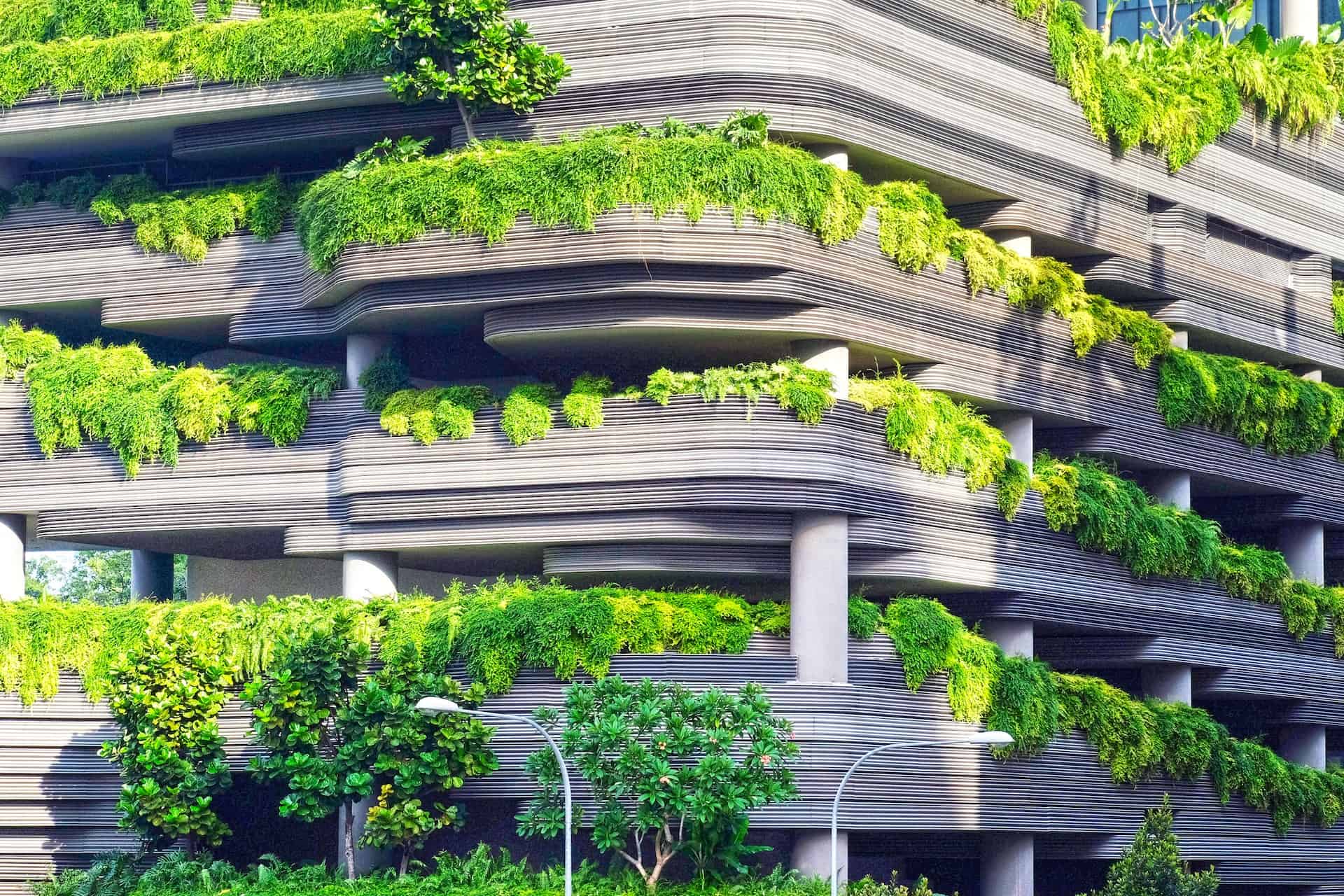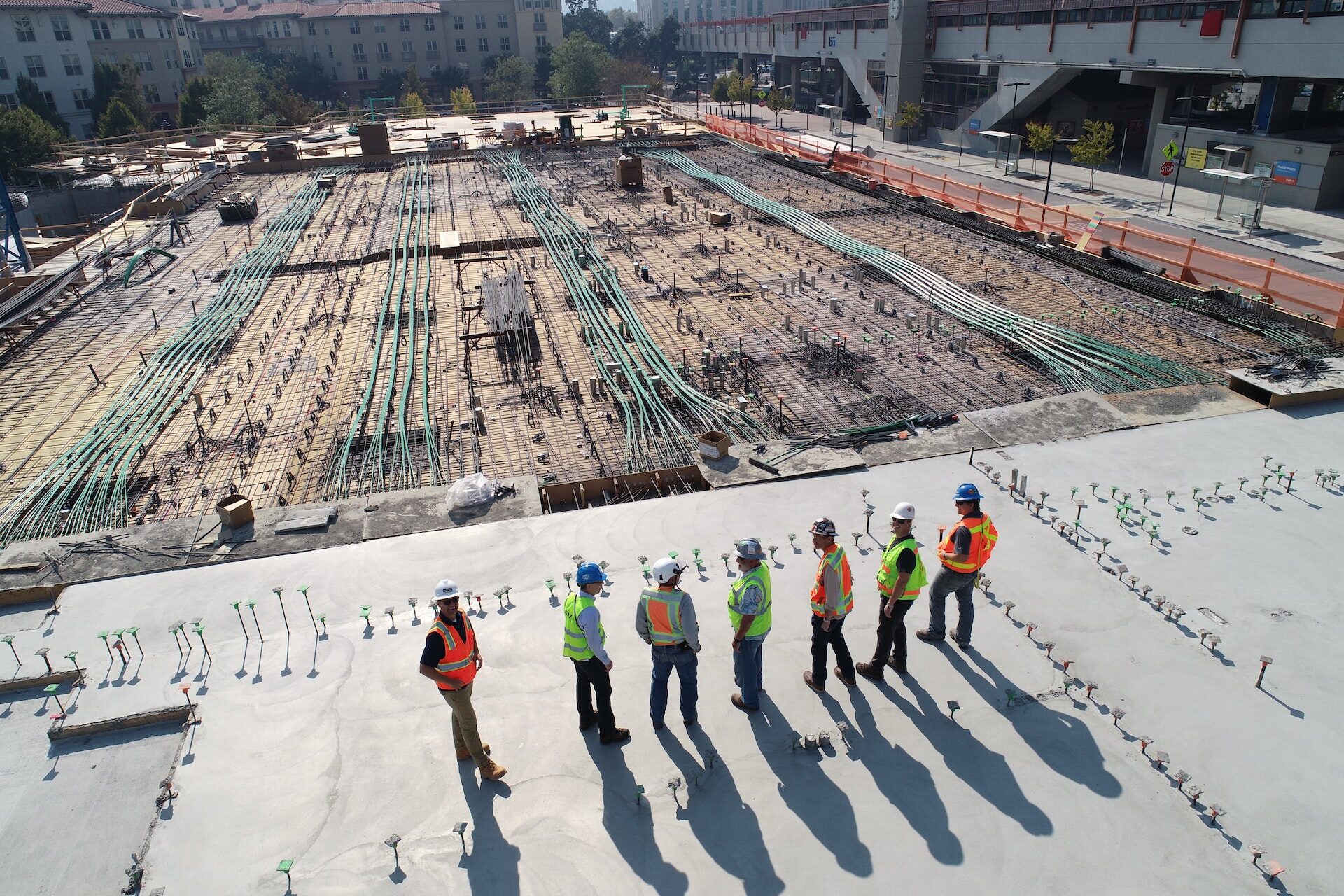
What Is a LEED Green Associate and How Do You Become One?
February 14, 2023 - Lou Farrell
Revolutionized is reader-supported. When you buy through links on our site, we may earn an affiliate commision. Learn more here.
These days, it’s more important than ever to engage in construction with sustainability in mind. This concept covers a lot of ground and encompasses the thoughtful selection of materials, energy-efficient management practices, and deliberate planning throughout a building’s lifetime.
It’s a great time to get your foot in the door and begin thinking about green professional accreditations and how they might open doors for you in an increasingly sustainability-minded job market.
LEED is one major organization helping to lead the charge toward a more conscientious construction industry. The group’s LEED Green Associate (LEED GA) credentialing program is one way they’re doing that.
First: What Is LEED?
The acronym “LEED” stands for “Leadership in Energy and Environmental Design.” LEED is a certification system for buildings created by the U.S. Green Building Council. USGBC was founded in 1993 as a private, nonprofit organization committed to sustainability in the built environment and the construction industry. It’s since become one of the most visible and respected advocates for sustainability. LEED accreditation means something, in other words.
To achieve accreditation in Leadership in Energy and Environmental Design, a building must satisfy a set of criteria designed to eliminate waste, minimize carbon emissions, employ environmentally friendly materials, and use energy efficiently – starting in the design and construction phases and lasting throughout the building’s occupancy and lifetime. LEED also prioritizes the retrofitting and repurposing of existing structures over breaking ground for new construction.
LEED GAs are the people who know how to do all of these things.
What Is a LEED Green Associate and What Do They Do?
According to USGBC, a LEED Green Associate is an individual who has proven their comprehension of, and ability to practice and advocate for, green building and management techniques. LEED GA is considered the entry-level professional accreditation provided by USGBC.
The best way to explore what kinds of daily responsibilities you might have is to explore USGBC’s roundup of green building careers.
Earning your LEED GA accreditation, alone, isn’t enough to qualify you for these positions. Taking the LEED GA exam requires knowledge, but it doesn’t necessarily require professional experience. Pursuing many of these careers may well require additional schooling and training you don’t have yet, but being a Green Associate will absolutely set you apart from the rest of the applicant pool if you’re otherwise qualified.
Here’s the list of green building jobs published by the U.S. Green Building Council:
- Acoustical engineer
- Architect
- Architectural lighting designer
- Chief resilience officer
- Chief sustainability officer
- Civil engineer
- Commercial developer
- Construction manager
- Electrical engineer
- Energy auditor
- Energy manager
- Facility manager
- Financial analyst
- Green marketer
- Industrial designer
- Interior designer
- Landscape architect
- Mechanical engineer
- Residential builder
- Sustainability specialist
From finding funding opportunities for sustainable projects, to selecting an appropriate plot of land, to studying the building’s anticipated environmental impact, every step of the construction process requires deep subject-matter expertise. Financing, choosing materials, planning the project, and executing a sustainable building stewardship program doesn’t just happen – it requires driven individuals who know their stuff. LEED GAs are those individuals.
As mentioned, this is one of the first steps worth taking toward your career in green building and sustainable construction. From here, there are lots of fascinating topics to explore, including biomimicry and eco-focused engineering. Engineers, designers, and architects are always finding new sources of inspiration in nature and working to incorporate natural features into the built environment used by people. Eco-engineering seeks to create ways for humans to live among and in concert with nature, and even borrow functional features from nature to make our own environment more sustainable.
Now, you’re probably wondering how one goes about earning their LEED GA accreditation.
How Do I Get My Green Associate Credential?
The U.S. Green Building Council says more than 203,000 individuals have earned professional credentials with LEED. That’s a fairly impressive number, but seeking this kind of accreditation will still put you in very select company.
The USGBC has not listed any prerequisites to earning one’s LEED Green Associate credential, but there is still a process one must follow to obtain one and then maintain their body of knowledge. It includes a subject-matter mastery exam. Here are the main steps involved in becoming a LEED Green Associate:
- Prepare: No matter your background or amount of experience, it’s a good idea to prepare thoroughly. The USGBC provides a digital course catalog, handbooks, and exam study plans to help you do just that.
- Register with the USGBC: You’ll need to create an account with the Green Building Council to register for and then take the required exam. Having an account gives you access to other USGBC alumni and the networking opportunities that may provide.
- Take the exam: The exam requires about two hours of your time and features 100 multiple-choice questions. It’s possible to take the test at home or you can travel to an approved testing center. The test costs $250 ($100 for students) and requires a score of 170 (out of 200) to pass. After scheduling, you can cancel up to three days prior.
- Maintain: Like other professional credentials, maintaining one’s Green Associate status requires some upkeep. Individuals must complete 15 additional hours of educational courses within their first two years of being an accredited Associate. An additional 15 hours are required every two years after that.
So what’s actually on this exam?
There’s no higher-level math involved, but the exam is exhaustive in the way it explores manifold topics related to green building and sustainable building operations. The guide to building rating systems is more than 800 pages long, which means even a 100-question test can’t possibly be 100% exhaustive. You’ll need to retain more information than the test will actually require you to recite.
The World Needs LEED Green Associates
The world is waking to the reality of the climate crisis and looming environmental collapse. USGBC and the LEED GA accreditation exist because sustainability cannot be an afterthought any longer. Every human endeavor needs, now more than ever, to measure its impact on the planet. We need to study the true long-term effect of our actions and ambitions, most especially when those ambitions include disturbing plots of natural landscape to erect homes, apartments, commercial buildings, and high-rises.
Green building extends beyond the construction sector, too, to encompass engineers with cutting-edge skills, public leaders and governments, real estate developers, schools and universities, and companies everywhere. It’s a true multifaceted calling that requires all kinds of backgrounds, perspectives, and knowledge. Earning your LEED GA status will help you develop knowledge and perspective of your own.
Revolutionized is reader-supported. When you buy through links on our site, we may earn an affiliate commision. Learn more here.




